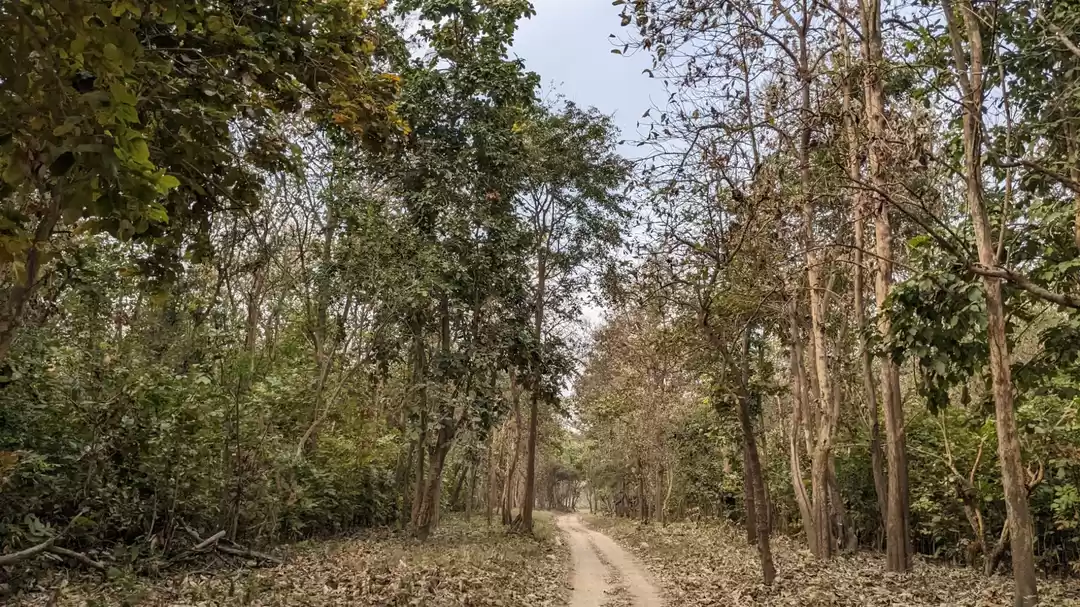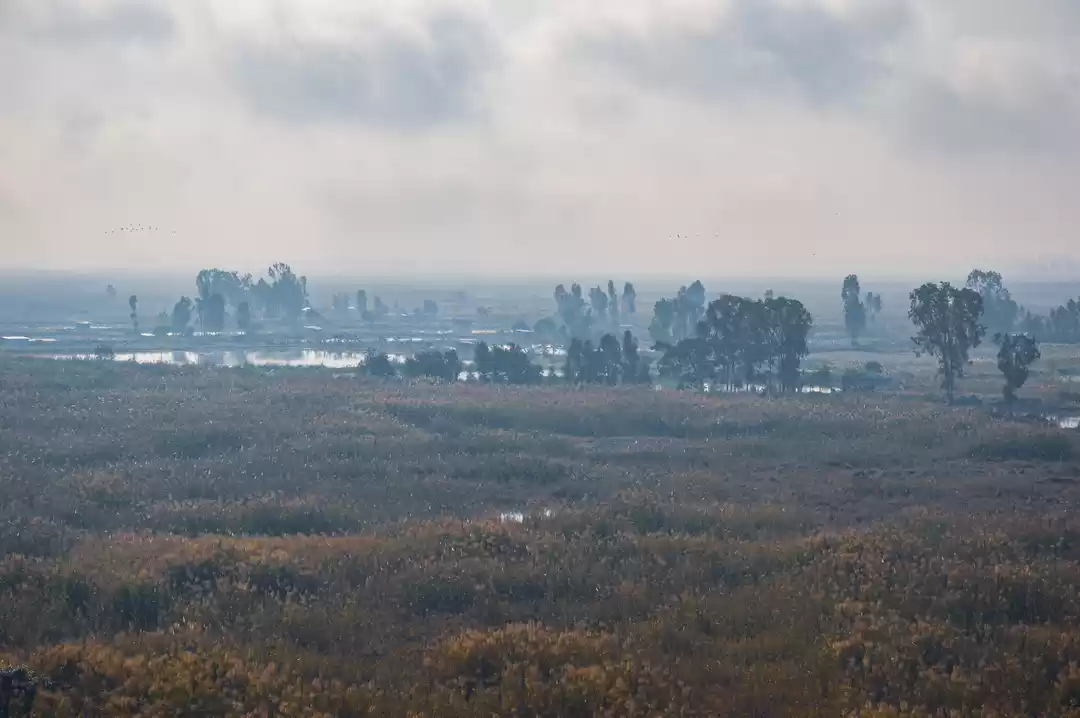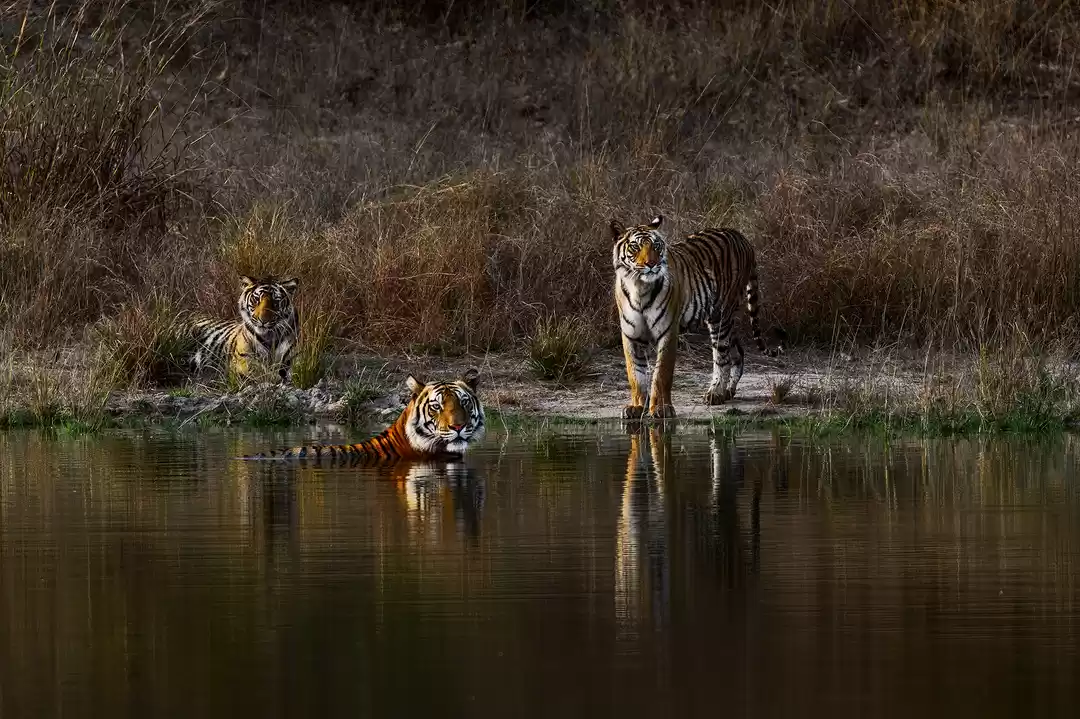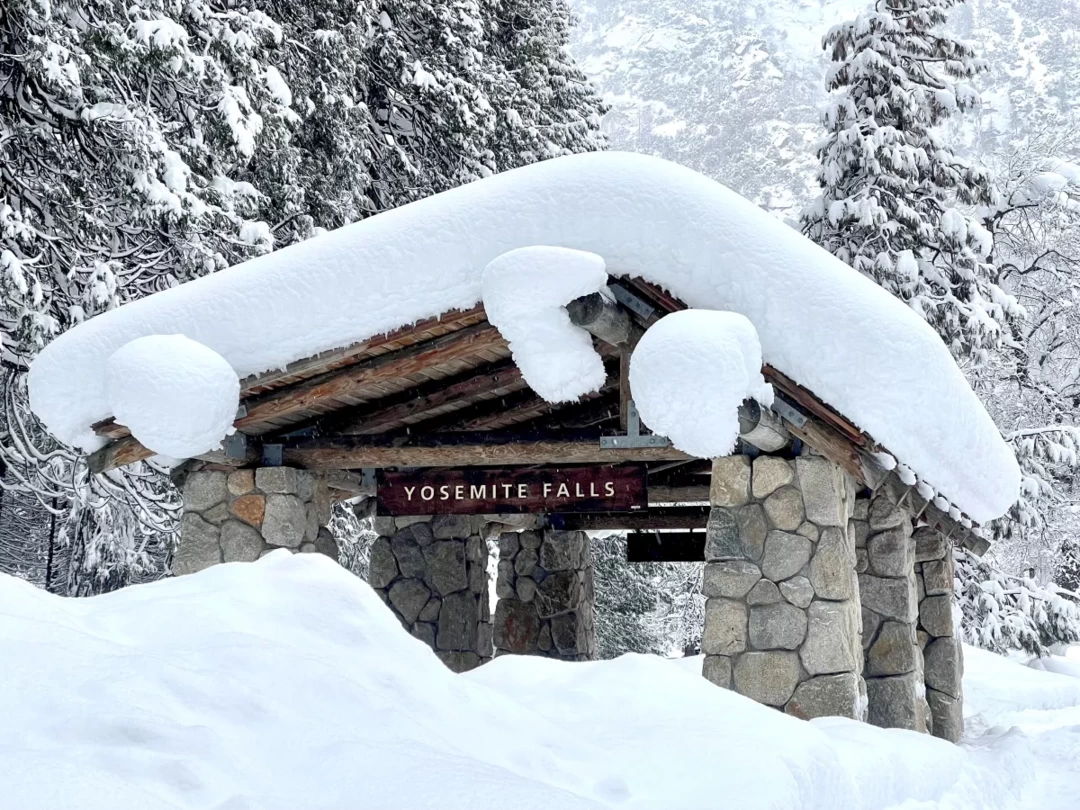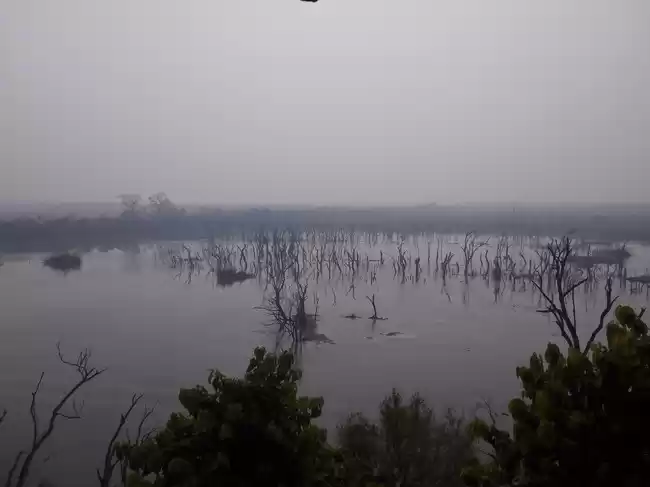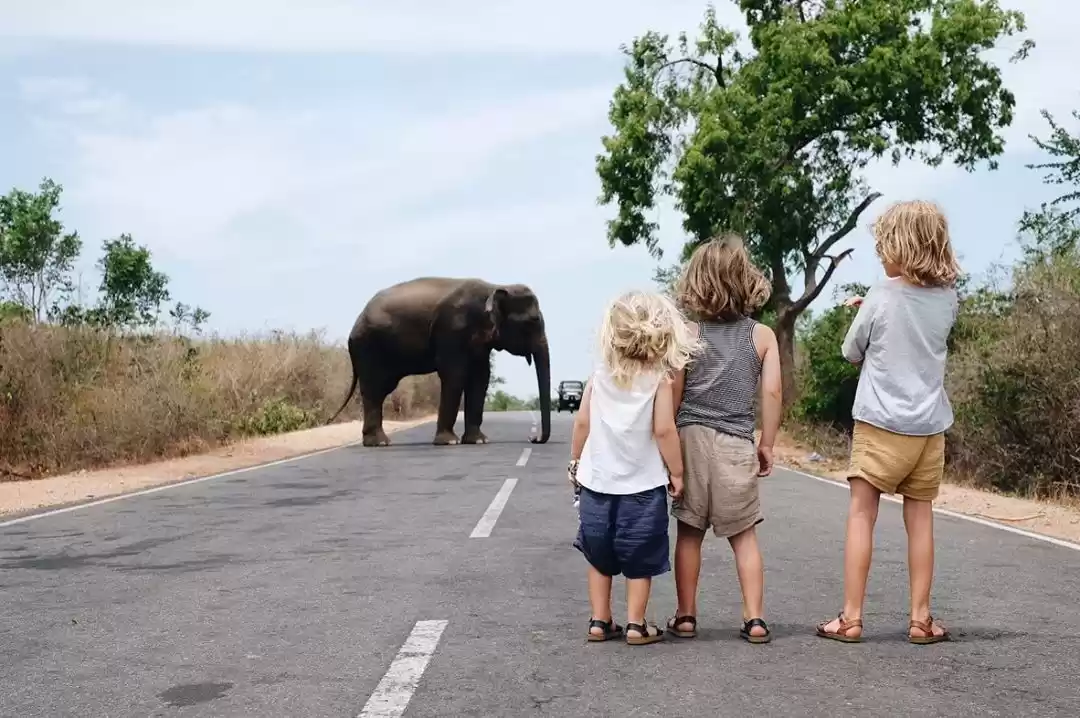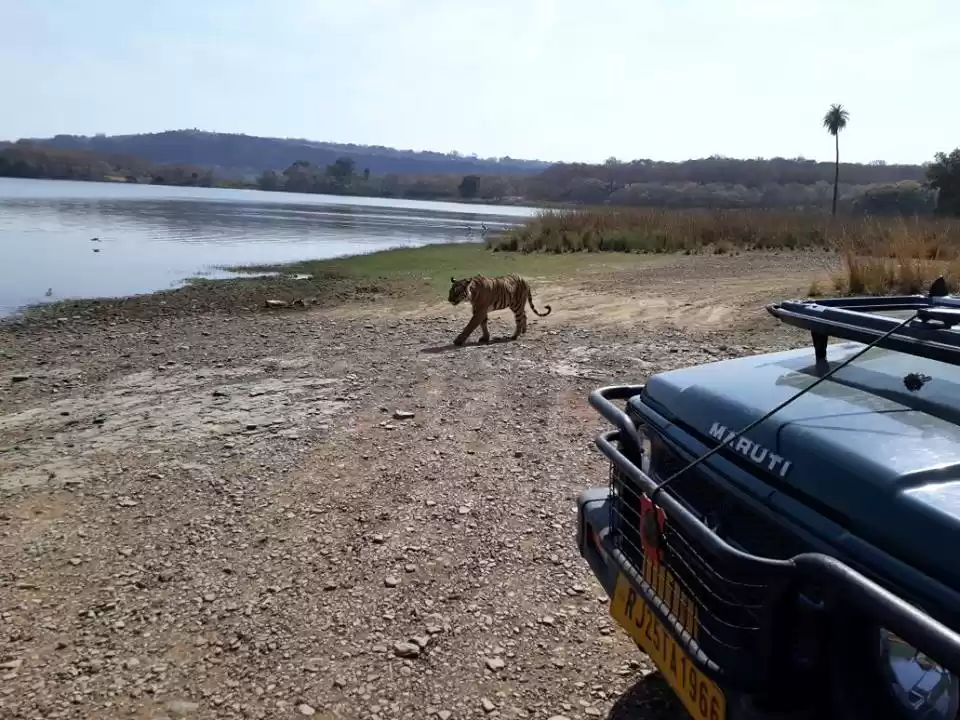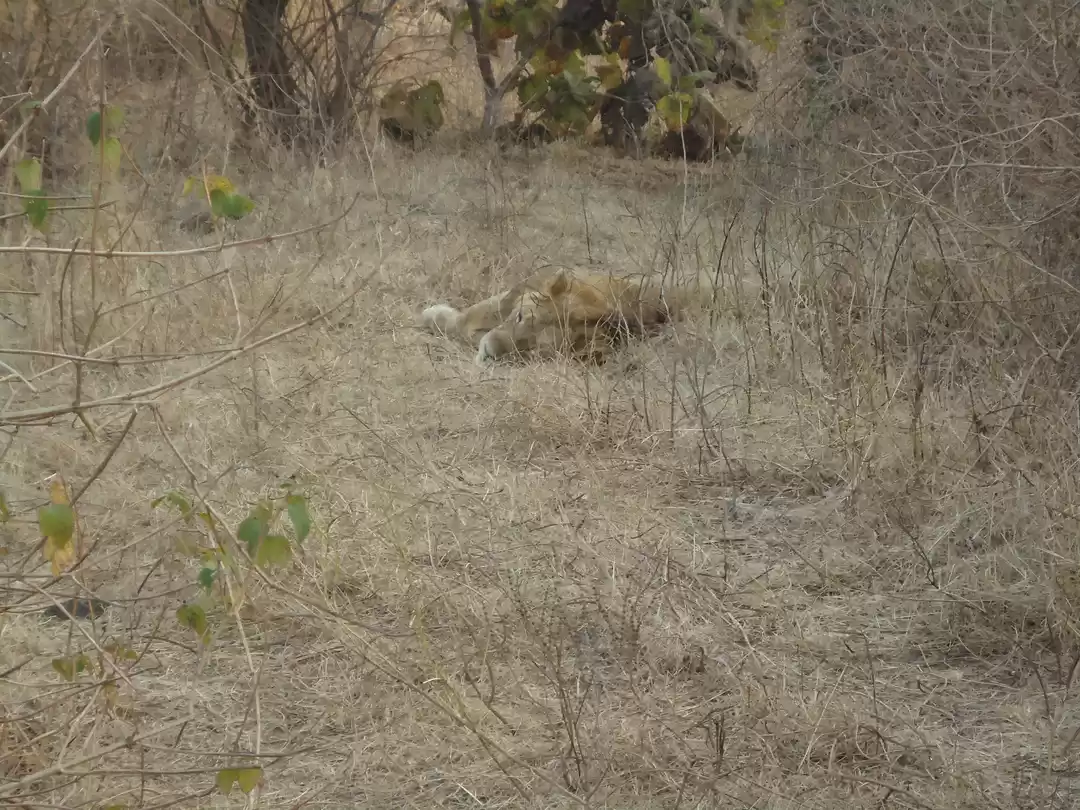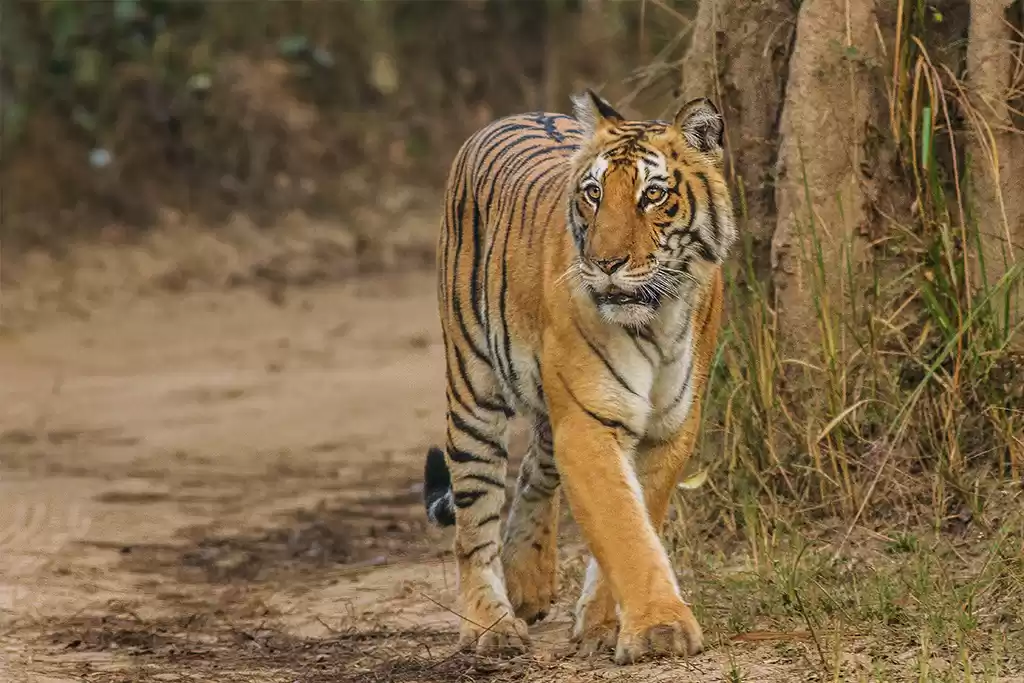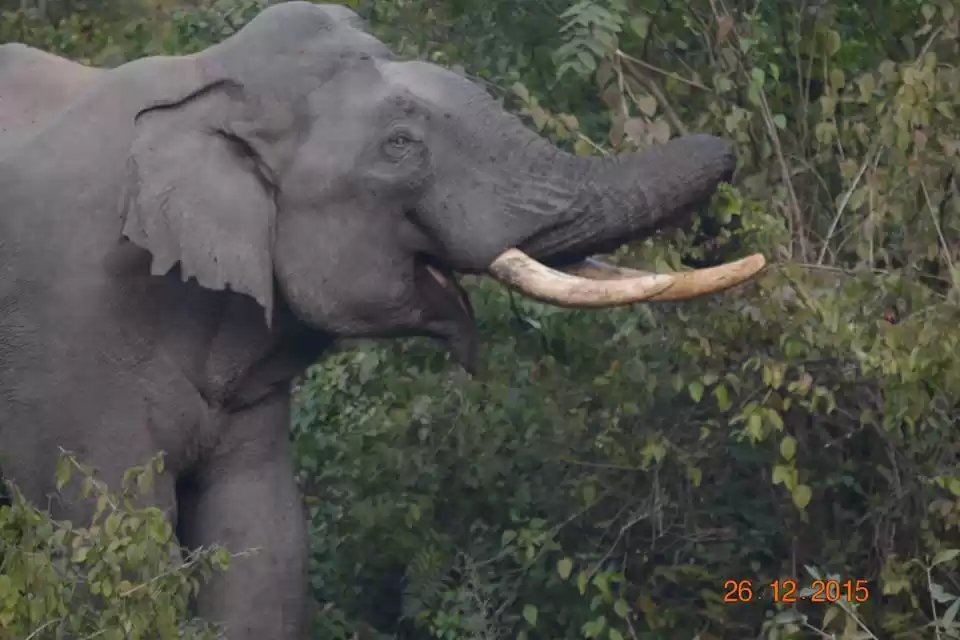Are you looking for a place where you can experience the best of nature, culture, and adventure in Australia? If yes, then you should definitely visit the Grampians National Park in Victoria, one of the most spectacular and diverse destinations in the country. The Grampians National Park is a vast and rugged landscape of mountains, valleys, forests, waterfalls, and wildlife, where you can enjoy a range of activities, from hiking and biking to rock climbing and abseiling.
The park is also home to some of the most ancient and sacred Aboriginal rock art sites, as well as some of the finest food and wine in the region. Whether you are looking for a relaxing getaway, a thrilling escapade, or a cultural immersion, the Grampians National Park has something for everyone.
In this article, we will provide you with a comprehensive guide to the Grampians National Park, covering everything you need to know before you go, such as how to get there and around, where to stay, what to pack, and of course, what to do. We will also share some tips and tricks to make the most of your trip, as well as some insights and facts that you might not find elsewhere. By the end of this article, you will be ready to plan your own unforgettable adventure to the Grampians National Park.
Top Things to Do in the Grampians National Park
One of the main reasons why people visit the Grampians National Park is to enjoy its stunning natural beauty and diversity. The park offers a variety of activities and attractions for all levels of fitness and interest, from leisurely walks and scenic drives to challenging hikes and adrenaline-pumping sports. Here are some of the top things to do in the Grampians National Park that you should not miss:
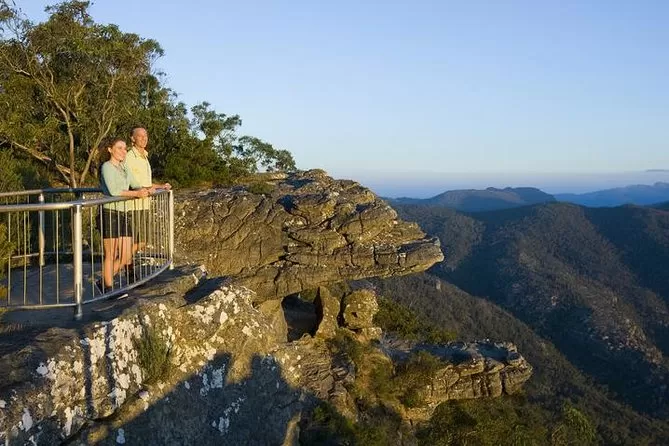
Hiking
Hiking is one of the best ways to explore the park and appreciate its scenery and wildlife. The park has over 160 kilometres of trails, ranging from easy and accessible to hard and remote. Some of the most popular and rewarding hiking trails are:
The Pinnacle: This is one of the most iconic and spectacular hikes in the park, offering panoramic views of the Halls Gap Valley and the surrounding peaks. The trail is about 4.2 kilometres long and takes about 2 hours to complete. It is moderately difficult, with some steep and rocky sections, but well worth the effort. The trail starts from the Sundial Carpark and follows the Wonderland Track, passing by the Grand Canyon, the Silent Street, and the Pinnacle Lookout.
The Balconies: This is another scenic and easy hike in the park, offering stunning views of the Victoria Valley and the Lake Wartook. The trail is about 2 kilometres long and takes about 1 hour to complete. It is suitable for all ages and abilities, with a gentle and well-maintained path. The trail starts from the Reed Lookout Carpark and follows the Balconies Track, ending at the Balconies Lookout, a rock formation that resembles a balcony.
MacKenzie Falls: This is one of the most impressive and beautiful waterfalls in the park, and a must-see for any visitor. The trail is about 2 kilometres long and takes about 1.5 hours to complete. It is moderately difficult, with some steep and slippery steps, but rewarding. The trail starts from the MacKenzie Falls Carpark and follows the MacKenzie Falls Track, descending to the base of the falls, where you can enjoy the refreshing spray and the rainbow.
Some tips and advice for hikers are:
The best time to visit the park for hiking is from September to May, when the weather is mild and the flowers are in bloom. However, the park is open all year round, and each season has its own charm and challenges.
The difficulty level, duration, and facilities of each trail are indicated on the signs and maps at the trailheads and along the way. You can also find more information and advice at the Brambuk Cultural Centre or the Halls Gap Visitor Centre.
Always wear comfortable and sturdy shoes, a hat, sunscreen, and insect repellent. Carry enough water and snacks, and a first aid kit. Avoid hiking alone, and always tell someone where you are going and when you expect to return. Stay on the marked trails, and respect the wildlife and the environment.

Aboriginal Culture
The Grampians National Park is not only a natural wonder, but also a rich and sacred site for the Aboriginal people and their culture. The park is known as Gariwerd in the local languages, and it has been inhabited by the Aboriginal people for over 20,000 years. The park contains over 200 rock art sites, some of the oldest and most important in Australia, as well as many other places of spiritual and historical significance. Some of the most impressive and accessible rock art sites are:
Gulgurn Manja: This means “hands of young people” in the Jardwadjali language, and it is a rock shelter that contains over 200 handprints and paintings of animals, such as emus, kangaroos, and fish. The site is about 1 kilometre from the Hollow Mountain Carpark, and it takes about 30 minutes to walk there. The site is open from sunrise to sunset, and there is no entry fee. You can also join a guided tour to learn more about the site and its stories.
Ngamadjidj: This means “cave of ghosts” in the Jardwadjali language, and it is a rock shelter that contains over 50 paintings of human figures, some of them with headdresses and ornaments. The site is about 100 metres from the Ngamadjidj Carpark, and it takes about 10 minutes to walk there. The site is open from sunrise to sunset, and there is no entry fee. You can also join a guided tour to learn more about the site and its stories.
Billimina: This is one of the largest and most complex rock art sites in the park, containing over 80 paintings of animals, humans, and geometric shapes. The site is about 1.5 kilometres from the Buandik Carpark, and it takes about 1 hour to walk there. The site is open from sunrise to sunset, and there is no entry fee. You can also join a guided tour to learn more about the site and its stories.
Some information and context for the rock art are:
The rock art was created by the Aboriginal people using ochre, a natural pigment made from clay and minerals. The colours used were red, yellow, white, and black, each with its own meaning and symbolism.
The rock art was used for various purposes, such as recording history, teaching traditions, expressing identity, and communicating with ancestors and spirits. The rock art also reflects the changes and challenges that the Aboriginal people faced over time, such as the arrival of Europeans, the introduction of new animals, and the impact of diseases.
The rock art is protected and managed by the Aboriginal communities, in collaboration with the park authorities. The rock art is a living and sacred heritage, and it should be respected and appreciated by all visitors. Do not touch, damage, or photograph the rock art, and follow the signs and instructions at the sites.

Food and Wine
The Grampians National Park is not only a paradise for nature and culture lovers, but also for food and wine enthusiasts. The park and its surroundings are known for their diverse and delicious local produce and cuisine, ranging from fresh fruits and vegetables, to cheese and honey, to meat and seafood. The park is also part of the Grampians wine region, one of the oldest and most acclaimed in Australia, producing some of the finest Shiraz, Riesling, and Sparkling wines. Some of the best places to eat and drink in the park and its surroundings are:
Royal Mail Hotel: This is a historic and award-winning hotel and restaurant in Dunkeld, at the southern end of the park. The hotel offers luxurious and eco-friendly accommodation, as well as a fine dining experience that showcases the best of the local and seasonal ingredients. The restaurant has a degustation menu, a la carte menu, and a vegetarian menu, as well as an extensive wine list that features over 28,000 bottles from around the world. The hotel also has a kitchen garden, a cellar, and a farm, where you can take a tour and learn more about the food and wine production.
Grampians Estate: This is a family-owned and operated winery and cellar door in Great Western, at the eastern edge of the park. The winery produces some of the most awarded and acclaimed wines in the region, especially Shiraz and Sparkling Shiraz. The cellar door offers wine tastings, sales, and tours, as well as a range of local products, such as olive oil, jam, and chocolate. The cellar door also hosts events and functions, such as weddings, birthdays, and corporate meetings.
Halls Gap Hotel: This is a cosy and friendly pub and restaurant in Halls Gap, the main town and tourist hub in the park. The pub offers comfortable and affordable accommodation, as well as a casual and hearty dining experience that caters to all tastes and budgets. The restaurant has a menu that features classic Australian pub fare, such as burgers, steaks, pies, and fish and chips, as well as some international dishes, such as pizza, pasta, and curry. The pub also has a bar that serves a variety of drinks, such as beer, wine, cider, and spirits.
The Royal Mail Hotel is a must-visit for anyone who appreciates fine food and wine, and who wants to treat themselves to a memorable and luxurious stay. The hotel is not cheap, but it is worth every penny, as the quality and service are impeccable. The hotel is also a great base to explore the southern part of the park, such as the Mount Sturgeon and the Mount Abrupt.
The Grampians Estate is a perfect place to sample some of the best wines in the region, and to learn more about the history and tradition of winemaking in the area. The winery is friendly and welcoming, and the staff are knowledgeable and passionate. The winery is also a great place to buy some souvenirs and gifts, as they have a variety of products and packages to suit different preferences and occasions.
The Halls Gap Hotel is a great place to relax and enjoy a good meal and a drink after a day of exploring the park. The pub is cosy and lively, and the atmosphere is warm and inviting. The pub is also a great place to meet and mingle with other travellers and locals, as they often have live music and entertainment. The pub is also a great place to stay, as they have clean and comfortable rooms, and a convenient location near the town centre and the park entrance.
Wildlife
The Grampians National Park is also a wildlife wonderland, with its unique and abundant flora and fauna. The park is home to over 1,000 plant species, many of them endemic and rare, such as the Grampians Parrot Pea, the Grampians Thryptomene, and the Grampians Grevillea. The park is also home to over 250 animal species, some of them native and endangered, such as kangaroos, koalas, emus, and echidnas. Some of the best places to see and interact with the wildlife in the park are:
Halls Gap Zoo: This is the largest regional zoo in Victoria, and the only one in the Grampians. The zoo has over 160 species of animals, many of them native to Australia, such as wombats, dingoes, quolls, and Tasmanian devils. The zoo also has some exotic animals, such as giraffes, zebras, meerkats, and monkeys. The zoo offers a range of experiences and activities, such as feeding, petting, and holding the animals, as well as guided tours and educational programs.
Lake Bellfield: This is a scenic and serene lake in the park, where you can enjoy a relaxing and refreshing day. The lake is a popular spot for fishing, boating, kayaking, and swimming, as well as for picnicking and camping. The lake is also a great place to see some of the most common and iconic wildlife in the park, such as kangaroos, wallabies, cockatoos, and kookaburras. The lake is easily accessible from the Halls Gap Road, and it has a boat ramp, a jetty, and a picnic area.
Heatherlie Quarry: This is a historic and fascinating site in the park, where you can learn more about the history and heritage of the park and its people. The quarry was established in the 1860s, and it supplied the stone for some of the most prominent buildings in Victoria, such as the Parliament House, the State Library, and the Melbourne Town Hall. The quarry is also a great place to see some of the most elusive and rare wildlife in the park, such as echidnas, platypuses, and wedge-tailed eagles. The quarry is located near the Mount Difficult Road, and it has a walking track, an interpretive display, and a picnic area.
Plan Your Trip to the Grampians National Park
Now that you know what to do in the Grampians National Park, you might be wondering how to plan your trip there. Don’t worry, we have you covered. In this section, we will give you some practical and useful information on how to get there and around, where to stay, and what to pack. We will also share some tips and tricks to make the most of your trip, as well as some insights and facts that you might not find elsewhere. By the end of this section, you will be ready to book your own amazing adventure to the Grampians National Park.
Getting There and Around
The Grampians National Park is located in the west of Victoria, about 260 kilometres from Melbourne, the capital city of the state. There are several ways to get to the park from different locations and by different modes of transport, such as by car, by bus, by train, or by plane. Here are some of the options and details:
By car: This is the most convenient and flexible way to get to the park, as you can drive at your own pace and stop at any place you like along the way. The drive from Melbourne to the park takes about 3 hours, depending on the traffic and the route. There are two main routes to choose from: the Western Highway, which passes through Ballarat and Ararat, and the Glenelg Highway, which passes through Geelong and Hamilton. Both routes are scenic and well-signposted, and they have plenty of services and attractions along the way. You can also rent a car from Melbourne or other nearby towns, such as Horsham or Stawell, if you don’t have your own.
By bus: This is a cheaper and more eco-friendly way to get to the park, but it is less comfortable and flexible than driving. There are several bus companies that operate regular services from Melbourne and other major cities and towns in Victoria, such as V/Line, Firefly Express, and Greyhound Australia. The bus journey from Melbourne to the park takes about 4 hours, depending on the traffic and the stops. The buses usually stop at Halls Gap, the main town and tourist hub in the park, where you can find accommodation, food, and information. You can also catch a local bus or a shuttle bus from Halls Gap to other parts of the park, such as the Brambuk Cultural Centre or the Wonderland Carpark.
By train: This is another cheaper and more eco-friendly way to get to the park, but it is also less comfortable and flexible than driving. There are several train companies that operate regular services from Melbourne and other major cities and towns in Victoria, such as V/Line, Southern Cross, and Ararat. The train journey from Melbourne to the park takes about 3.5 hours, depending on the traffic and the stops. The trains usually stop at Ararat, the closest town to the park, where you can find accommodation, food, and information. You can also catch a bus or a taxi from Ararat to Halls Gap, which takes about 45 minutes.
By plane: This is the fastest and most convenient way to get to the park, but it is also the most expensive and least eco-friendly way. There are several airlines that operate regular flights from Melbourne and other major cities and towns in Australia, such as Qantas, Jetstar, and Virgin Australia. The flight from Melbourne to the park takes about 1 hour, depending on the weather and the destination. The closest airports to the park are Horsham and Stawell, which are about 50 kilometres and 30 kilometres from the park, respectively. You can also fly to Melbourne Airport, which is about 230 kilometres from the park, and then catch a bus, a train, or a car from there.
Where to Stay
The Grampians National Park has a wide range of accommodation options to suit different needs and budgets, from camping and cabins to hotels and bed and breakfasts. You can choose to stay in or near the park, depending on your preference and convenience. Here are some of the best places to stay in the park and its surroundings:
Camping:
This is the most affordable and adventurous way to stay in the park, as you can immerse yourself in nature and enjoy the starry nights and the sounds of wildlife. The park has over 20 campgrounds, some of them free and some of them paid, some of them basic and some of them equipped. Some of the most popular and scenic campgrounds are:
Smiths Mill Campground: This is a free and spacious campground in the Northern Grampians, near the Wonderland Carpark and the Pinnacle. The campground has 18 sites, suitable for tents, caravans, and campervans. The campground has toilets, fireplaces, and picnic tables, but no showers, water, or power. The campground is open all year round, and it operates on a first-come, first-served basis.
Jimmy Creek Campground: This is a paid and well-maintained campground in the Southern Grampians, near the Mount William Road and the Mount William. The campground has 25 sites, suitable for tents, caravans, and campervans. The campground has toilets, showers, water, power, and fireplaces. The campground is open all year round, and it requires booking in advance.
Plantation Campground: This is a free and secluded campground in the Western Grampians, near the Heatherlie Quarry and the Hollow Mountain. The campground has 30 sites, suitable for tents, caravans, and campervans. The campground has toilets, fireplaces, and picnic tables, but no showers, water, or power. The campground is open all year round, and it operates on a first-come, first-served basis.
Cabins:
This is a more comfortable and cosy way to stay in the park, as you can enjoy the convenience and privacy of your own space. The park has several cabins, some of them rustic and some of them modern, some of them basic and some of them luxurious. Some of the best cabins in the park are:
Halls Gap Lakeside Tourist Park: This is a family-friendly and award-winning tourist park in Halls Gap, near the Lake Bellfield and the Halls Gap Zoo. The park has a variety of cabins, ranging from standard and budget to deluxe and spa. The cabins can accommodate from 2 to 6 people, and they have kitchens, bathrooms, air conditioning, heating, and TVs. The park also has a heated outdoor pool, a playground, a camp kitchen, a laundry, and a fire pit. The park is open all year round, and it requires booking in advance.
Boroka Downs: This is a romantic and exclusive retreat in Halls Gap, near the Boroka Lookout and the Brambuk Cultural Centre. The retreat has five cabins, each with its own private entrance, deck, and spa. The cabins can accommodate up to 2 people, and they have kitchens, bathrooms, fireplaces, air conditioning, heating, and TVs. The retreat also has a tennis court, a golf course, a library, and a barbecue area. The retreat is open all year round, and it requires booking in advance.
DULC Cabins: This is a stylish and eco-friendly resort in Halls Gap, near the Stony Creek and the Wonderland Carpark. The resort has three cabins, each with its own unique design and features. The cabins can accommodate from 2 to 4 people, and they have kitchens, bathrooms, fireplaces, air conditioning, heating, and TVs. The resort also has a spa, a sauna, a gym, and a restaurant. The resort is open all year round, and it requires booking in advance.
Hotels:
This is the most luxurious and convenient way to stay in the park, as you can enjoy the amenities and services of a quality hotel. The park has a few hotels, some of them historic and some of them contemporary, some of them simple and some of them sophisticated. Some of the best hotels in the park are:
Royal Mail Hotel: This is the hotel and restaurant that we mentioned earlier in the food and wine section, and it is one of the most renowned and reputable hotels in the park. The hotel has 41 rooms, ranging from standard and deluxe to garden and mountain. The rooms can accommodate from 2 to 4 people, and they have bathrooms, air conditioning, heating, and TVs. The hotel also has a restaurant, a bar, a pool, a garden, and a cellar. The hotel is open all year round, and it requires booking in advance.
Grampians Motel: This is a friendly and affordable motel in Halls Gap, near the Halls Gap Visitor Centre and the Halls Gap Hotel. The motel has 29 rooms, ranging from standard and family to spa and deluxe. The rooms can accommodate from 2 to 6 people, and they have bathrooms, air conditioning, heating, and TVs. The motel also has a restaurant, a bar, a pool, a tennis court, and a playground. The motel is open all year round, and it requires booking in advance.
The Grampians Chalets: This is a charming and elegant bed and breakfast in Halls Gap, near the Stony Creek and the Halls Gap Lakeside Tourist Park. The bed and breakfast has four chalets, each with its own private entrance, balcony, and spa. The chalets can accommodate up to 2 people, and they have kitchens, bathrooms, fireplaces, air conditioning, heating, and TVs. The bed and breakfast also has a lounge, a dining room, a library, and a garden. The bed and breakfast is open all year round, and it requires booking in advance.
We hope you enjoyed reading this article, and we hope you will enjoy visiting the Grampians National Park. Thank you for reading, and please share your feedback, comments, and questions with us. We would love to hear from you. Happy travels!

